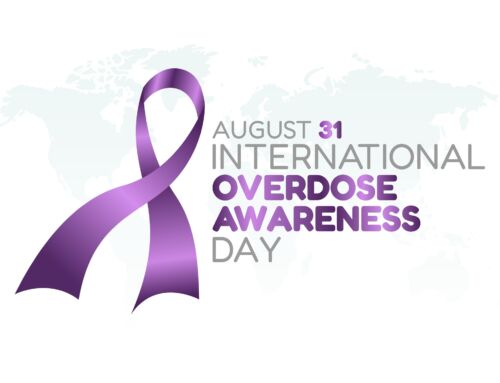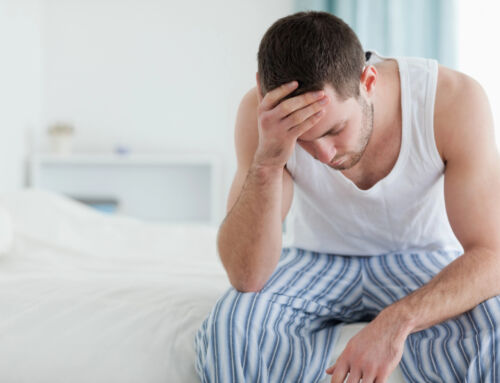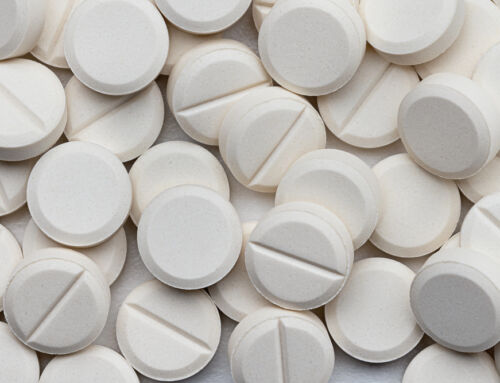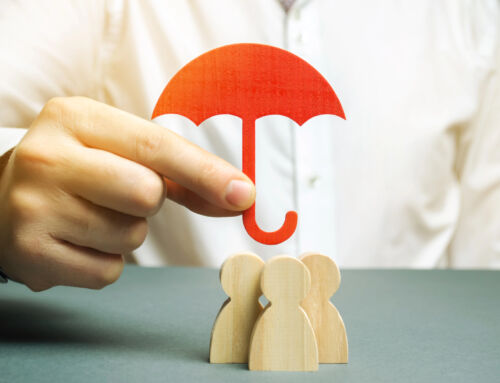In recent years, the beverage industry has seen a surge in the popularity of non-alcoholic (NA) beers and mocktails. Marketed as safe alternatives to their alcoholic counterparts, these drinks appeal to those seeking the taste and social experience of drinking without the intoxicating effects. However, for individuals in recovery from alcohol addiction, the consumption of these beverages poses significant risks that warrant careful consideration. The dangers of NA beer go far beyond simple preference—they can influence relapse, health, and long-term recovery outcomes.
Understanding Non-Alcoholic Beers and Mocktails
To fully grasp the potential risks these beverages pose, it’s important to first understand what they are, how they’re made, and why they’re often mistaken as completely alcohol free and safe for those avoiding alcohol.
Non-Alcoholic Beers
Despite the label, many non-alcoholic beers contain up to 0.5% alcohol by volume (ABV). This trace amount of alcohol content results from the brewing process, where alcohol is either removed or significantly reduced to meet the non-alcoholic standard. While this amount of alcohol is far lower than that in alcoholic beers, it does not make non-alcoholic beer safe for everyone. The sensory similarities—appearance, aroma, and taste—between non-alcoholic and regular beer or even traditional beer can be remarkably close. This raises serious concerns around non-alcoholic beer consumption in recovery settings.
Mocktails
These are crafted to mimic traditional cocktails without the inclusion of alcohol. Utilizing juices, sodas, and other non-alcoholic ingredients, mocktails replicate the flavors and presentation of alcoholic beverages. While they are generally considered alcohol free, the experience they offer can closely resemble that of drinking conventional beer or cocktails, which can be psychologically triggering.
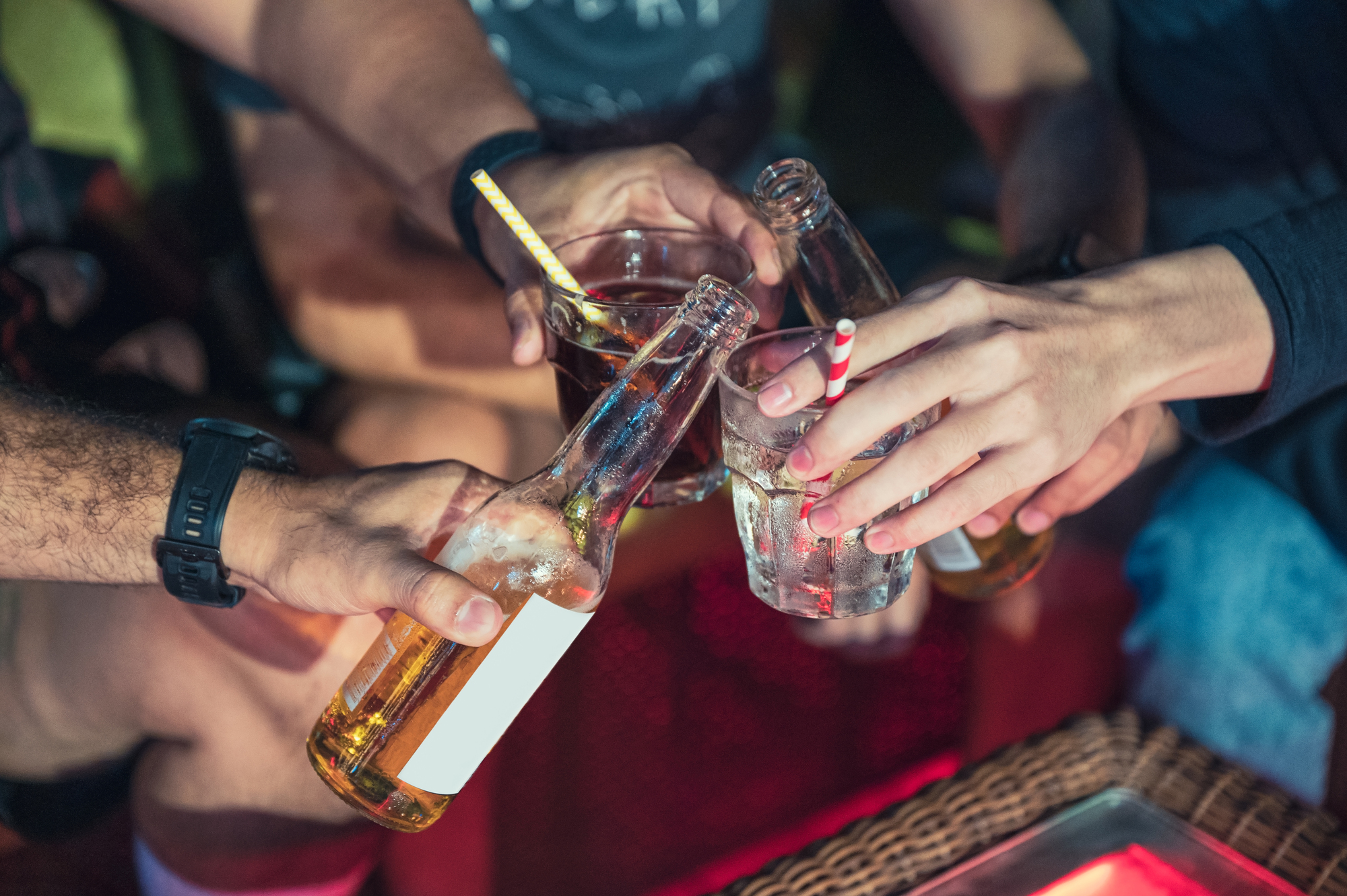
The Psychological Risks of NA Beers and Mocktails: Triggers and Cravings
For individuals in recovery, maintaining sobriety requires more than simply avoiding alcohol—it demands a conscious effort to steer clear of environments, habits, and emotional cues that may lead back to old patterns. While non-alcoholic beers and mocktails might appear harmless, they can unintentionally stir up powerful psychological responses that threaten progress in recovery.
Sensory Triggers
One of the most underestimated risks is the way these beverages engage the senses. The visual similarity of non-alcoholic beer to conventional beer, the aroma of hops, the frothy head in the glass, and the familiar taste can all act as potent reminders of past drinking experiences. This can trigger a psychological phenomenon known as “euphoric recall,” in which the brain selectively remembers the pleasurable aspects of alcohol use, often minimizing the harmful effects or adverse reactions. For someone in recovery, this kind of recall can erode motivation, increase cravings, and elevate the temptation to “just have one,” setting the stage for a relapse. Drinking non-alcoholic beer in these contexts can lead individuals to underestimate the real risks.
Behavioral Associations
Recovery also involves breaking away from the routines and rituals that once accompanied substance use. Holding a beer bottle at a social gathering, clinking glasses during a toast, or sipping a drink that mirrors an old favorite cocktail can all reinforce deeply ingrained behaviors tied to drinking beer or alcohol in general. These associations, when reintroduced via a non-alcoholic option, may lead individuals closer to alcohol intake and full relapse.
False Sense of Security
Another serious concern is the illusion of safety. Many individuals, especially in early recovery, may believe that drinking non-alcoholic beer or mocktails is a harmless way to participate in social activities without jeopardizing their sobriety. This false sense of security might result in increased exposure to high-risk situations, undermining the commitment to a sober lifestyle. Over time, this complacency may lead to more frequent alcohol consumption, possibly escalating to binge drinking or returning to high-alcohol beers.
Emotional Vulnerability and Craving Cycles
Cravings are often tied to emotional states like stress or loneliness. When individuals rely on NA beer or mocktails as a coping mechanism, they may unknowingly reinforce old reward pathways. This can make it difficult to maintain a balanced diet, support gut health, or make time for physical exercise—all of which are essential components of holistic recovery.
The “All-or-Nothing” Mentality
For many in recovery, especially those navigating an all-or-nothing mindset, trying to moderate or replicate past habits can open the door to a dangerous internal dialogue. Thoughts such as “If I can handle non-alcoholic beer, maybe I can handle the real thing” or “This didn’t lead to relapse, so what’s one drink?” can quickly spiral. Once the lines begin to blur between what is acceptable and what isn’t, it becomes increasingly difficult to maintain the clear boundaries that recovery demands.
Social Normalization of Drinking Behaviors
Finally, the social normalization of drinking—even in the form of alcohol-free options—can reinforce the idea that participating in these rituals is a necessary part of social life. Individuals may feel pressure to conform or fit in, especially in environments where abstaining completely is viewed as unusual or isolating. This pressure can be especially challenging for those in early recovery, who are still developing the confidence and tools to navigate social settings without relying on familiar crutches.
Greenbranch Recovery understands that relapse is not simply a sudden event but often the result of small, cumulative steps away from the recovery path. That’s why awareness of psychological triggers—and strategies to manage them—is a key component of the support we offer. Through compassionate guidance and structured relapse prevention planning, our goal is to help individuals build the skills and resilience needed for lasting recovery.
The Slippery Slope: Risk of Escalation
Introducing non-alcoholic beers and mocktails into a sober lifestyle can serve as a gateway back to alcohol consumption. Initially, individuals may consume these beverages with the intention of maintaining sobriety, telling themselves that these alternatives are a harmless way to engage socially or satisfy old cravings without the risk of relapse. However, the minimal alcohol content in some non-alcoholic beers—up to 0.5% alcohol by volume—combined with the psychological triggers they present, can lead to a gradual erosion of the boundaries that were carefully set during recovery.
This erosion is rarely abrupt. More often, it’s subtle, creeping in through a series of rationalizations: “It’s not real alcohol,” “It helps me feel normal,” or “At least I’m not drinking traditional beer.” Over time, these thoughts can dull the clarity of one’s recovery goals. What may start as a non-alcoholic option on a Friday night out might soon become a habitual choice—one that starts to reintroduce the mental patterns and behaviors tied to alcohol use. Once the mind becomes reacquainted with these rituals, the leap from non-alcoholic beer to a low-alcohol beer, and then to a standard alcoholic beverage, becomes less daunting. The progression can feel almost justified, especially when stress, emotional turmoil, or social pressures are added to the equation.
Furthermore, because these beverages often resemble alcoholic drinks in every way but the label, they can create a false sense of control. That illusion can become dangerous, encouraging some individuals to test their limits. For those who have a history of alcohol use disorder, even minimal alcohol exposure can reactivate cravings and trigger the brain’s reward pathways. This biological reawakening can make the desire for more alcohol stronger and harder to resist, even after months or years of sobriety.
The slippery slope isn’t just about what’s in the bottle—it’s about what happens internally: the thoughts that begin to shift, the boundaries that blur, and the confidence in one’s ability to stay sober that starts to crack. Recovery thrives on structure, intention, and honesty. Introducing elements that mimic or contain alcohol—even in small amounts—can chip away at that foundation and lead individuals down a path they had worked so hard to avoid.
Health Risks Associated with Non-Alcoholic Beer Consumption
Beyond relapse, there are measurable health risks tied to non-alcoholic beer consumption. Many non-alcoholic beers contain the same ingredients as traditional beer and may produce similar health effects.
- Weight Gain and Metabolic Issues: Regular beer consumption—even when labeled as non-alcoholic—can lead to weight gain and metabolic imbalances. These can negatively impact cardiovascular health, especially in people with pre-existing health conditions or medical conditions requiring dietary control.
- Uric Acid Levels: NA beer has been shown to elevate uric acid levels, posing risks for individuals with gout or kidney issues. This is especially dangerous for people taking certain medications.
- Cardiovascular Health: While some research has explored potential positive effects of low-alcohol or alcohol-free beers on vascular function, the findings are inconclusive and should be evaluated alongside potential risks.
- Gut Health and Balanced Diet: Some ingredients in non-alcoholic beer may disrupt gut microbiota or contribute to a less balanced diet when consumed frequently.
- Non-Alcoholic Beers and Pregnancy: . Non-alcoholic beers may contain trace amounts of alcohol, and even minimal exposure to the presence of alcohol can increase the risk of fetal alcohol spectrum disorders (FASDs). Healthcare professionals consistently advise that pregnant women avoid consuming any product containing alcohol—including non-alcoholic beers.
Safer Alternatives and Coping Strategies For Those in Recovery
Maintaining sobriety requires not only avoiding alcohol but also finding fulfilling alternatives and coping mechanisms:
- Genuinely Alcohol-Free Options: Opt for beverages that do not mimic the taste or appearance of alcoholic drinks, such as herbal teas, flavored sparkling waters, or fresh juices.
- Building New Rituals: Develop new social rituals that do not center around drinking. Engage in activities like group fitness classes, art workshops, or book clubs to establish new, healthy routines.
- Seeking Professional Support: Regular consultations with counselors or participation in support groups can provide guidance and reinforcement of sobriety goals. Professional support is crucial in navigating challenges and maintaining long-term recovery.
- Mindfulness and Stress Management: Incorporate mindfulness practices such as meditation, yoga, or deep-breathing exercises to manage stress and reduce the temptation to seek comfort in familiar but risky behaviors.
Prioritizing Long-Term Recovery
While non-alcoholic beers and mocktails may seem like harmless indulgences, they carry potential dangers for individuals committed to a sober lifestyle. The psychological triggers, health risks, and potential for relapse associated with these beverages underscore the importance of cautious consideration. Prioritizing long-term recovery involves making informed choices that support sobriety and overall well-being. By understanding the risks and embracing healthier alternatives, individuals in recovery can strengthen their commitment to lasting change and protect the progress they’ve made.
Recovery is not just about abstaining from alcohol—it’s about building a life rooted in new habits, healthy routines, and a mindset that continually reinforces one’s goals. At Greenbranch Recovery in Egg Harbor Township, we recognize that every decision matters. That’s why we offer not only evidence-based treatment for substance use disorders, but also emotional support and personalized strategies to navigate everyday challenges, including the allure of alcohol-free alternatives that may not be as safe as they seem.
If you or someone you care about is questioning whether non-alcoholic beverages are truly supportive of their recovery, it may be time to seek professional support. Contact us online or call 609-622-5101 today to learn more about paying for rehab, verify your insurance coverage, and take the first step toward a substance-free future. Your recovery journey starts now.

